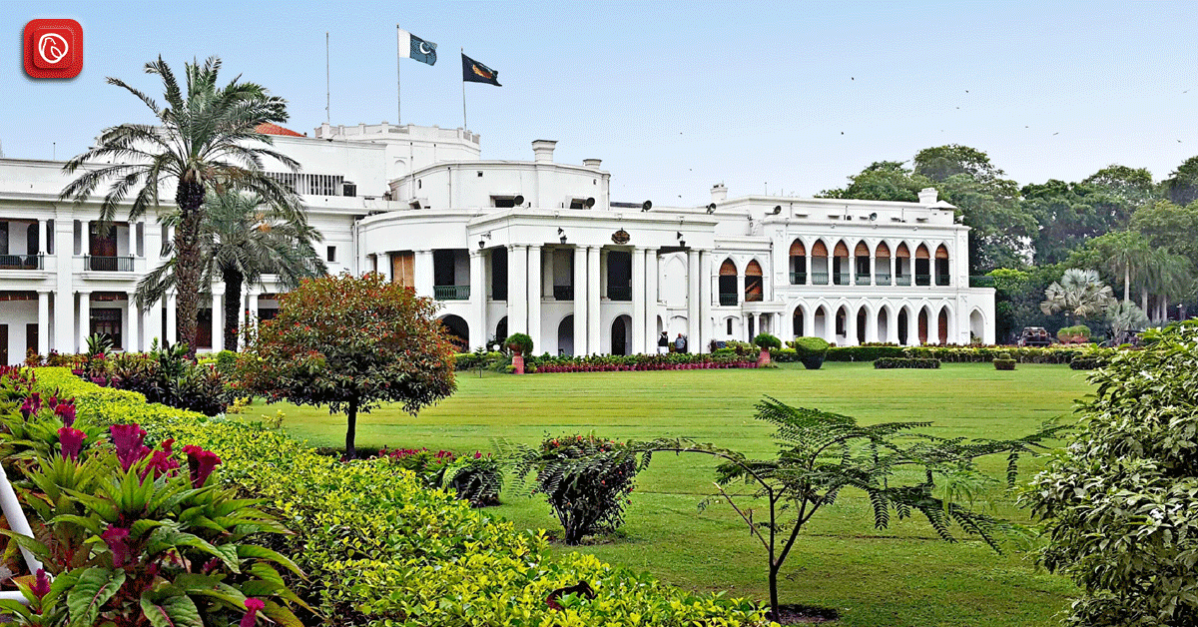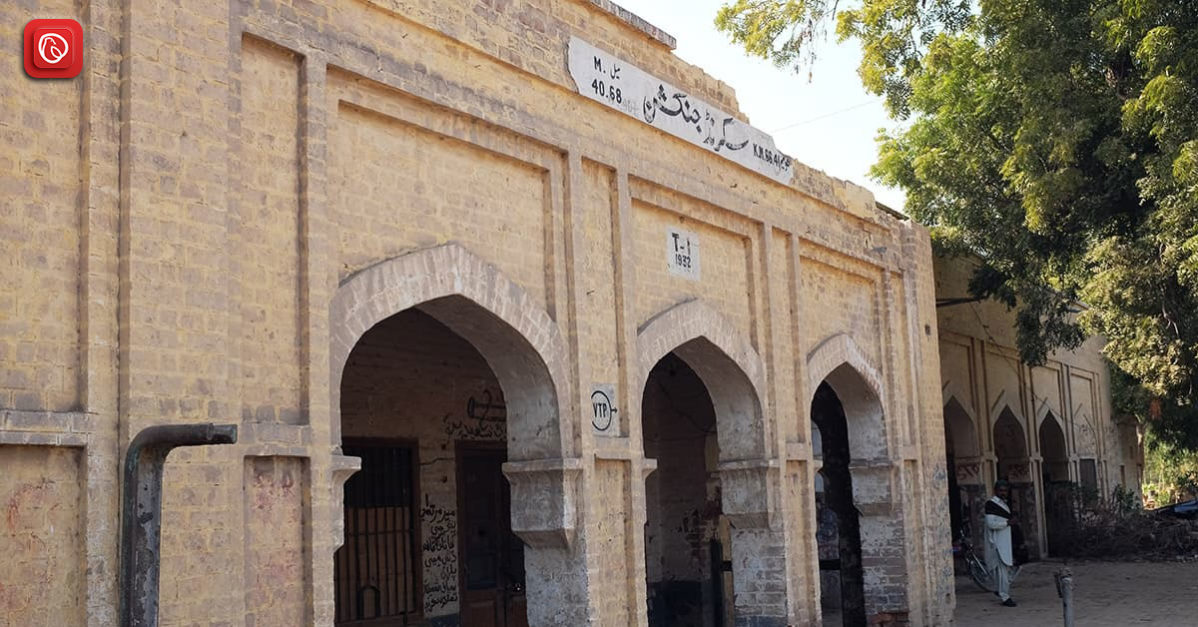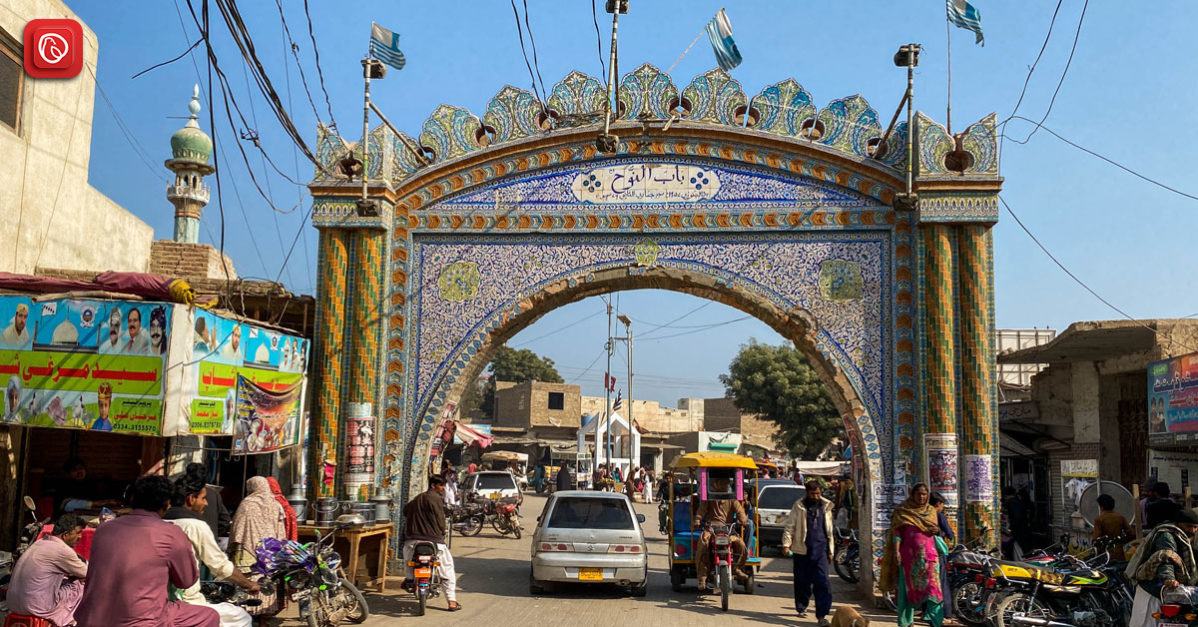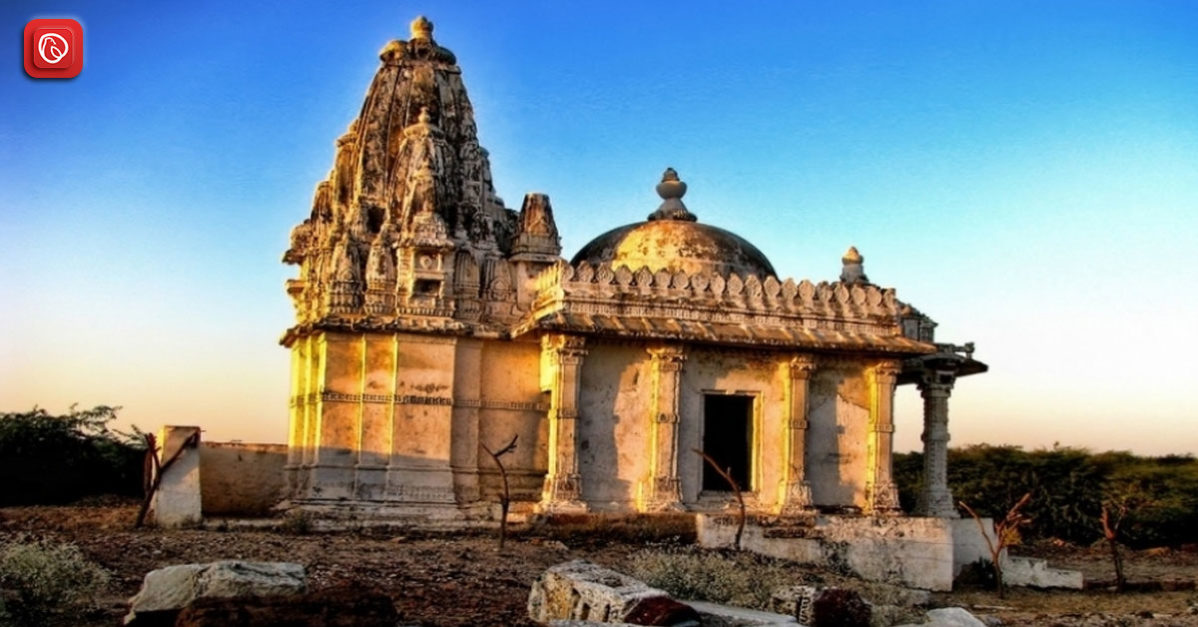Garhi Shahu, located in the centre of Lahore, Pakistan, is a vibrant and historic neighbourhood. It reflects the rich cultural tapestry of the city. Steeped in tradition and boasting a fascinating blend of the old and the new, Garhi Shahu encapsulates the essence of Lahore’s timeless charm. Its name, “Garhi Shahu,” is derived from the historic Shahu Gardens, an erstwhile Mughal Garden that once graced the area.
Today, Garhi Shahu is a bustling urban enclave, characterised by its bustling markets, educational institutions, and a diverse population that contributes to the dynamic social fabric of Lahore. With its historical roots and contemporary energy, it remains an integral part of Lahore’s narrative, inviting residents and visitors to explore its streets and discover the layers of history and culture that make it a unique and vibrant corner of the city.
Graana.com has compiled a guide about its history, modern development, and famous places for visitors to navigate the area in detail and explore this historical gem.
Early History (Pre-1880)
Garhi Shahu, originally Mohallah Syedan during the 17th century, was named after Syed Jan Muhammad Hazuri, a revered religious scholar. Abu Khair’s Madrassah, a symbol of historical and religious importance, stood proudly in this prominent neighbourhood.
However, the fall of the Mughal Empire led to anarchy, and the area, located between the domains of three Sikh kings, fell under the control of a notorious gangster named Shahu. The transformation from Mohallah Syedan to Garhi Shahu marked an era of upheaval, with Shahu repurposing Abu Khair’s madrassah for his illicit activities.
British Period and the Railway Station (1880-1947)
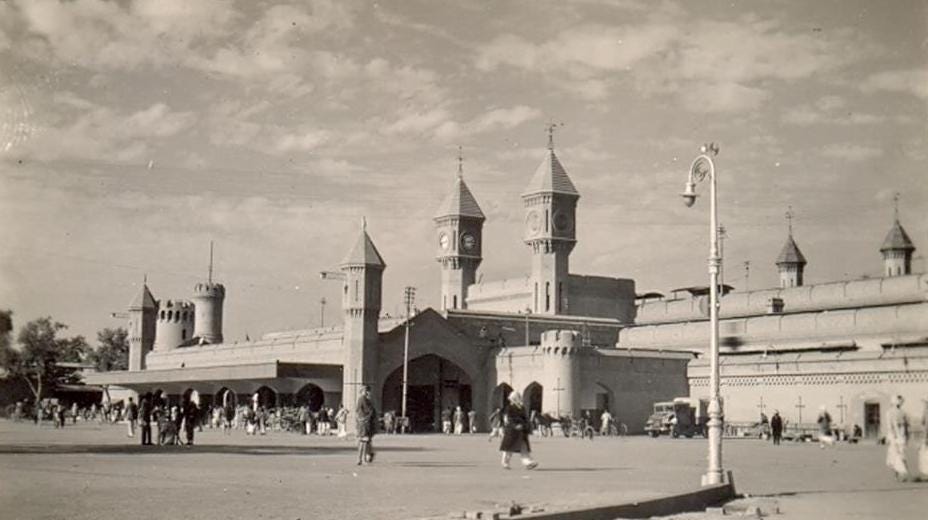
The British period brought significant changes, especially with the introduction of the railway system. Garhi Shahu, adjacent to the Lahore Railway Station, became a residential haven for white British railway workers.
The railway’s influence extended to the inclusion of Goan Catholics, Punjabi Muslims, and Dalit Christians in the neighbourhood’s diverse population. Post-Partition, it retained its significance, housing institutions like Aitchison College and Lahore Gymkhana.
Post-Partition History (1947-Present)
After 1947, the Northwestern State Railway became Pakistan Railways, and it continued to serve as a residence for various communities connected to the railway. Despite its centrality and historical significance, the neighbourhood faced challenges, including the Lahore Development Authority’s control over Gosha-e-Aman, leading to its demolition in 2012. This sparked protests from civil society and the Christian community, emphasizing the ongoing struggles in the region.
Modern Landscape
Garhi Shahu’s vast territory of 12,729.02 Kanals is a testament to its growth beyond its historical roots. This expansive area houses 150 operational commercial buildings, creating a dynamic and thriving commercial hub.
Robust Infrastructure
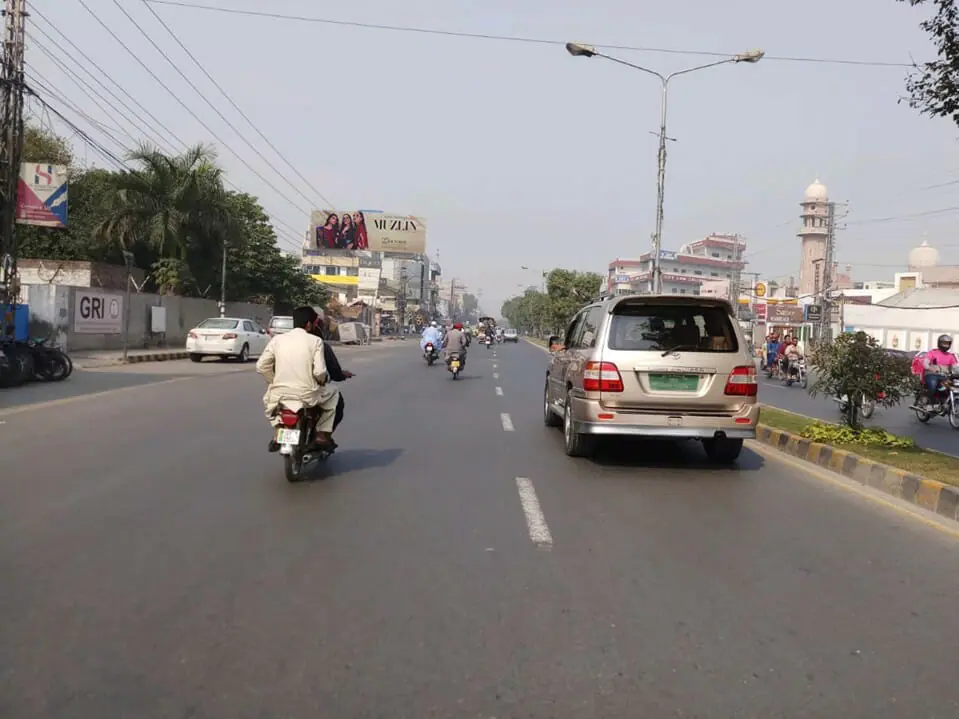
The intricate road network forms the backbone of Garhi Shahu, ensuring seamless connectivity to essential services in health, transport, and education. This well-planned infrastructure enhances the overall quality of life for residents.
Hospitality Haven
Garhi Shahu isn’t just a residential and commercial centre; it’s a destination for hospitality. The presence of famous hotels adds a layer of comfort to the vibrancy of this historical enclave.
Places to Explore in Garhi Shahu
- Alhamra Art Center: A cultural oasis where drama and art exhibitions enrich the local artistic scene.
- Governor’s House Lahore: A colossal structure with Indo-Gothic arches and Palladian colonnades, standing as a testament to the area’s historical significance.
- Regional Passport Office: Contributing to the bureaucratic landscape, ensuring smooth administrative operations within Garhi Shahu.
- Lahore Railway Headquarters: A central hub connecting Garhi Shahu to the broader railway network, seamlessly blending the old with the new.
Strategic Location
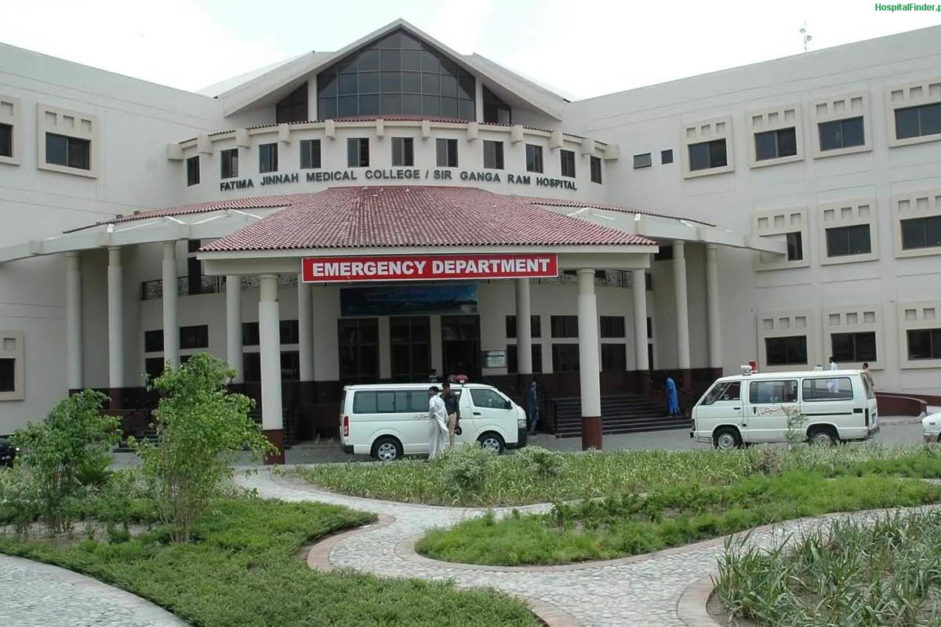
Nestled in the heart of Lahore, it enjoys proximity to key areas that enhance the convenience of daily life. These places include Lahore Zoo and Sir Gangaram Hospital.
The strategic location of this place ensures seamless connectivity to neighbouring areas:
- Qila Gujjar Singh
- Mughal Pura
- Upper Mall
- Jubilee Town
- Mozang Chungi
- Nulakha
The smooth connectivity within this place is facilitated by a well-planned road network:
- Primary G.T Road
- Secondary Abbott Road
- Egerton Road
- Davis Road
These roads weave through the neighbourhood, creating a seamless transportation network that enhances the overall quality of life for residents.
Conclusion
Garhi Shahu is more than a historical relic; it’s a living entity that harmoniously blends its rich past with the conveniences of the present. As residents navigate its expansive territory, they walk through a vibrant community that values its heritage while embracing the ease of contemporary living.
Frequently Asked Questions (FAQs) About Garhi Shahu, Lahore
The following are the most frequently asked questions about Garhi Shahu Lahore:
What is the historical significance of Abu Khair’s Madrassah in Garhi Shahu?
Abu Khair’s Madrassah, dating back to the 17th century, holds immense historical importance. Named after the Baghdadi scholar Abu Khair, the madrassah served as a centre for religious learning. Over the years, it became a symbol of Garhi Shahu’s cultural heritage, surviving the region’s transition from Mohallah Syedan to Garhi Shahu.
How did Garhi Shahu evolve after the British period?
Post the British period, Garhi Shahu continued its trajectory of significance. The area witnessed a growth in infrastructure, marked by the establishment of an extensive road network. This development seamlessly integrated the neighbourhood with essential services in health, transport, and education, enhancing the overall quality of life for its residents.
What are some notable landmarks Garhi Shahu?
Garhi Shahu boasts a rich tapestry of landmarks and cultural hubs. Notable among them are the Governor’s House Lahore, a grand architectural marvel with colonial-era arches, and the Alhamra Art Center, a vibrant space hosting drama and art exhibitions. These landmarks contribute to the historical and artistic identity of this place.
How has Garhi Shahu maintained its historical charm?
The place has successfully retained its historical charm by carefully preserving landmarks like Abu Khair’s Madrassah and the Governor’s House. Simultaneously, the neighbourhood has embraced modernity with a thriving commercial sector, a robust road network, and contemporary amenities, striking a harmonious balance between the old and the new.
What challenges has Garhi Shahu faced in recent years?
In recent years, Garhi Shahu faced challenges, notably the Lahore Development Authority taking control of Gosha-e-Aman. This large Christian complex, including a church and residences, was demolished in 2012. The incident sparked protests from civil society and the Christian community, shedding light on the ongoing struggles and controversies in the area.
For more details follow Graana blog.
